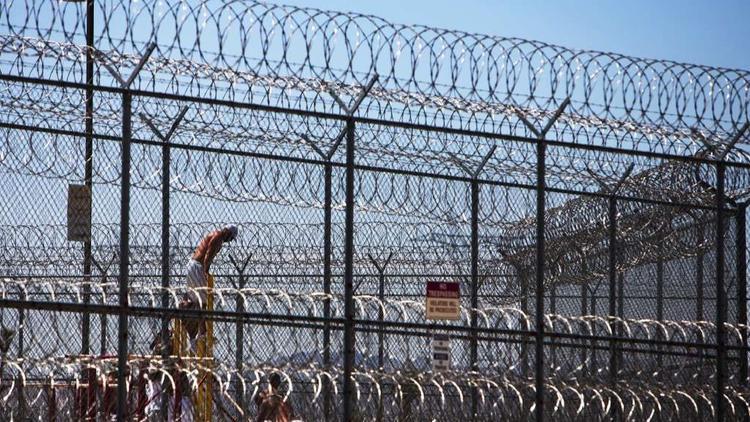Remember the real goals of state’s Proposition 57
By Chief Mary Butler
From the San Diego Union Tribune
In November, the Chief Probation Officers of California (CPOC) supported and co-signed Proposition 57: The Public Safety and Rehabilitation Act. CPOC supported Proposition 57 because as leaders in the probation industry, we believe Proposition 57 lays out a framework for a strong foundation to build on and enhance a better system for public safety.
California is facing an overcrowded prison population that is still under the authority of a federal receiver who can arbitrarily release offenders, has high recidivism rates for people coming out of prison and a prison system that has limited structure to implement proven rehabilitation programs that reduce recidivism.
We have to ask ourselves, “What would make people less likely to commit new crimes after prison?”
We believe the best way to protect public safety and reduce recidivism is by implementing evidence-based rehabilitation programs. Because county probation departments have more flexibility than a state bureaucracy to explore innovative rehabilitation programs, we have done so, and we have seen tremendous success.
However, we do not have custody of the offenders while they serve their prison sentences, which can serve as a critical time for offenders to begin their rehabilitative effort.
We need a system that from beginning to end provides offenders coming back into our communities the opportunity to turn their lives around. If we have a continuum of programming and incentives while in prison, by the time they reach our communities under our supervision, they will have a groundwork in place to end the cycle of offending. Proposition 57 was a huge step toward a system that provides true rehabilitative options at all points of the public safety system.
Recently, CDCR released the proposed regulations to implement Proposition 57 that creates a new credit structure to incentivize offenders to participate in evidence-based programs.
Overall, the regulations as drafted are fair and consistent with the mission of Proposition 57 and strike the appropriate balance of incentives and sanctions envisioned in the objective of the measure. Meaning, credits can be given for program participation and completion but credits can also be taken away for disciplinary reasons.
In any evidence-based system, it is crucial that not only incentives be given for good choices, but consequences also be given for poor choices.
The new credit system also puts the greatest emphasis on program completion, not just participation. This is also a critical part to make these regulations evidence-based. We are not particularly interested in having offenders simply sit in a class to pass the time. While that may have value to make our prisons safer, data tells us that participation alone does not reduce recidivism.
Data does tell us completing evidence-based programs changes behavior and reduces recidivism.
The drafted regulations reflect what evidence proves are the most important aspects of programming and will have the greatest positive impact to change lives and keep our communities safe.
The incremental approach to implement the regulations will help protect public safety by ensuring offenders time to complete programs and give local law enforcement time to prepare for community supervision.
It is important to take into consideration the local public safety net available to continue the programs that help successful re-entry into our communities. A reform of this magnitude requires us to continuously examine implementation in a manner that does not unduly inundate our system and provides the ability to properly supervise and rehabilitate. The proposed implementation of Proposition 57 does take those considerations into account while fulfilling the mission and purpose of Proposition 57.
While this is a good starting point, in order for Proposition 57 to be successful, it is imperative we ensure fidelity to true programming and accountability for active engagement and completion of rehabilitation.
All stakeholders in this effort should ensure we keep the main goal at the forefront of implementing Proposition 57 — to protect public safety. Voters spoke clearly, they want true rehabilitation in our prison system. True rehabilitation requires a balance of incentives and sanctions in any adopted regulations now or in the future.
The current regulations are a good start to move away from an overly prescriptive system to a system that can appropriately incentivize and implement evidence-based rehabilitation programs that will lower recidivism, rebuild lives and protect Californians.
Butler is president of the Chief Probation Officers of California.


